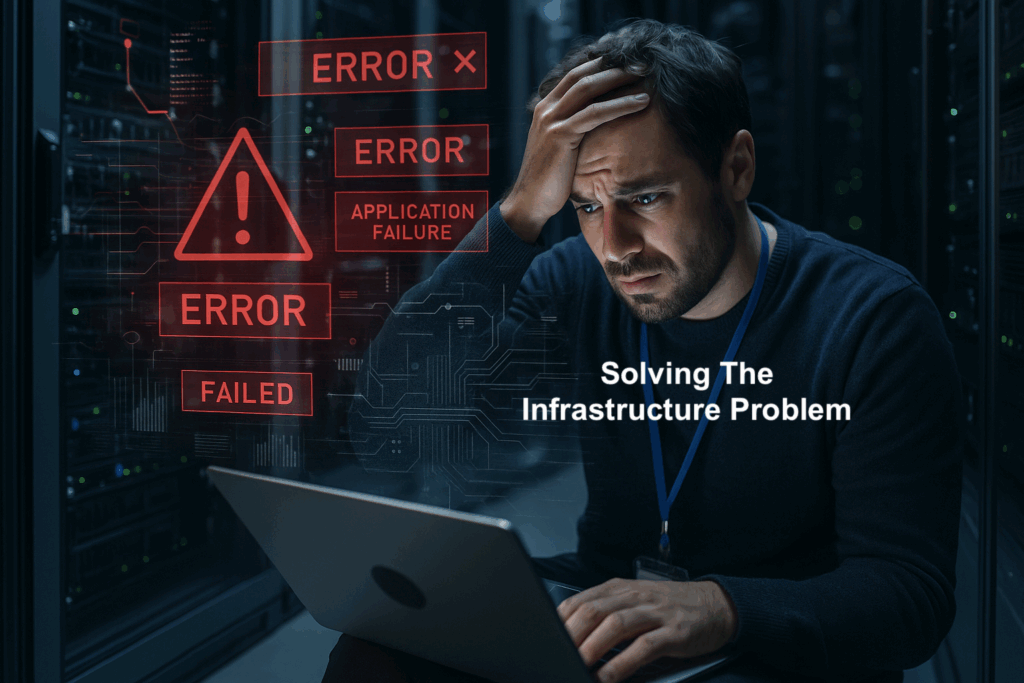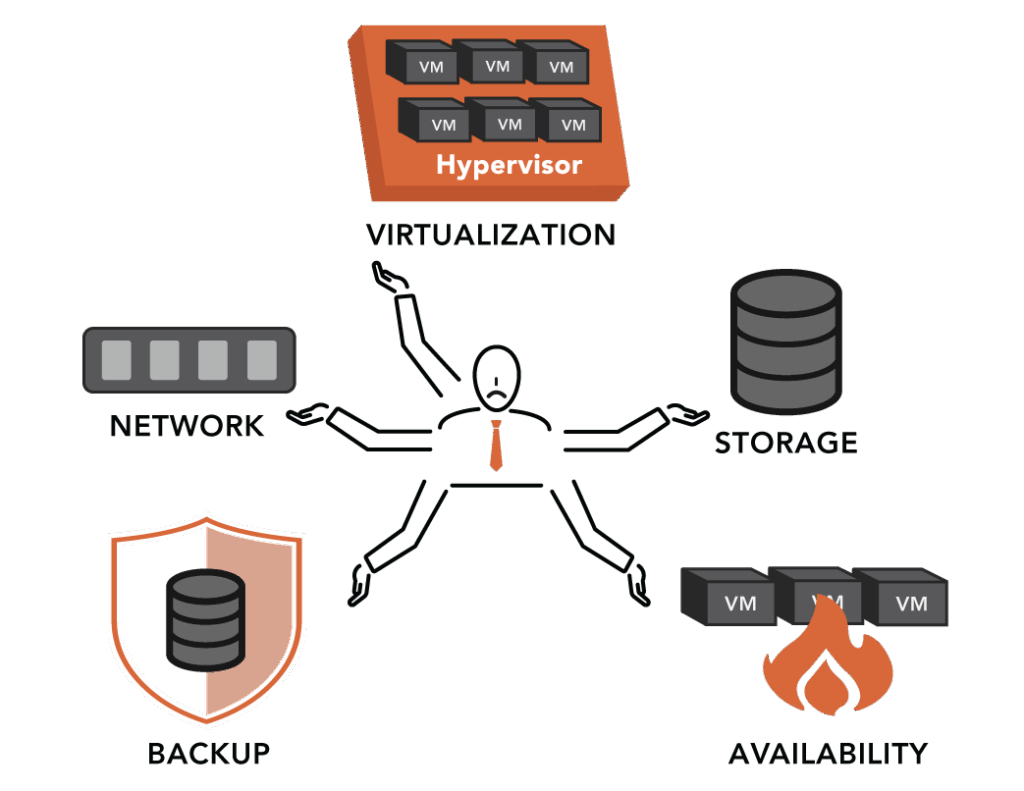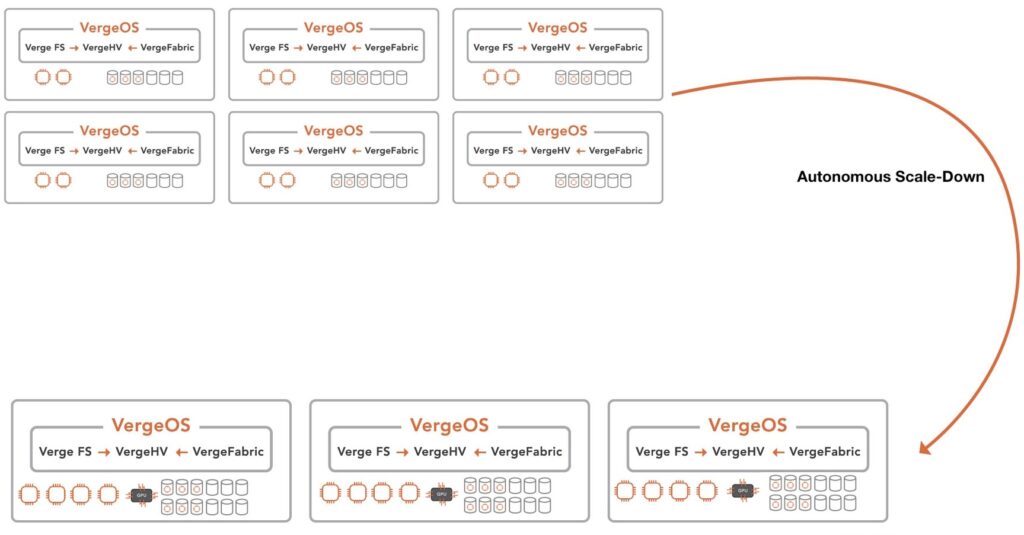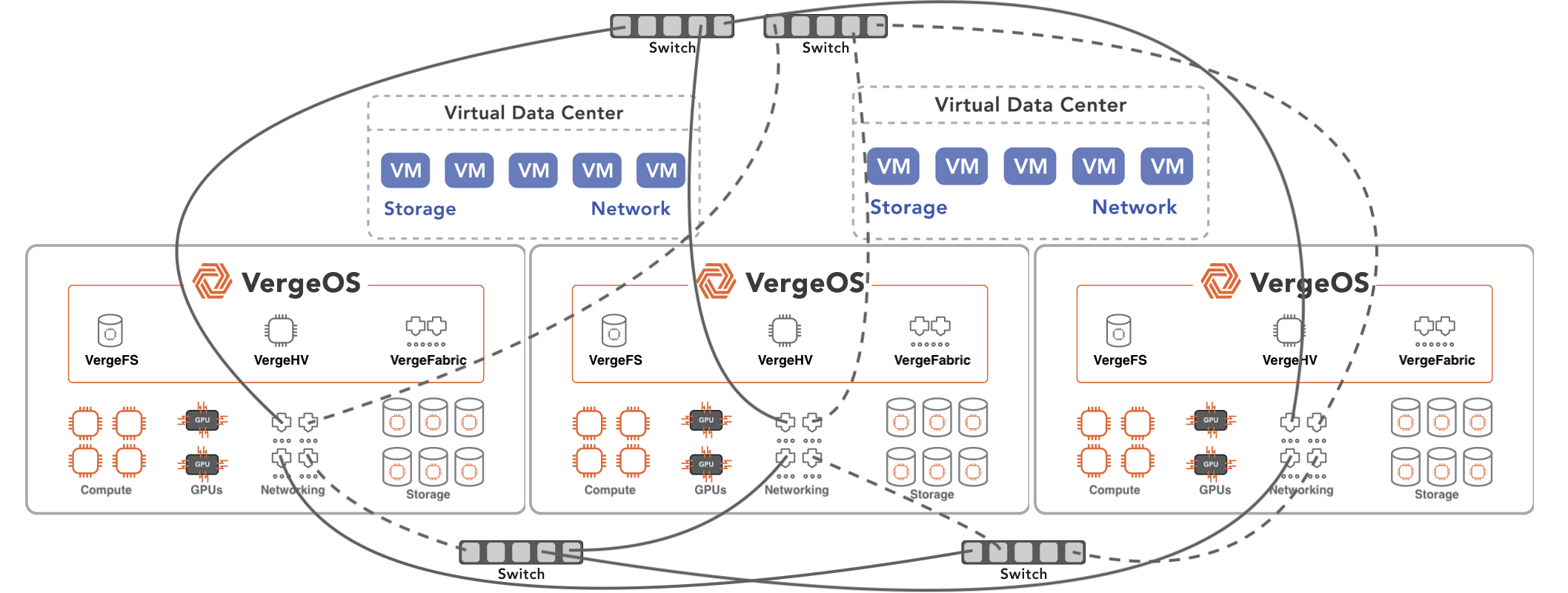The Infrastructure Problem
IT leaders face mounting pressure from VMware disruption, cloud costs, AI complexity, and skills shortages. But these are symptoms of a deeper issue: fragmented infrastructure. This article explores how modern, unified infrastructure software addresses the root of the problem—simplifying operations, reducing costs, and enabling IT to scale efficiently.





